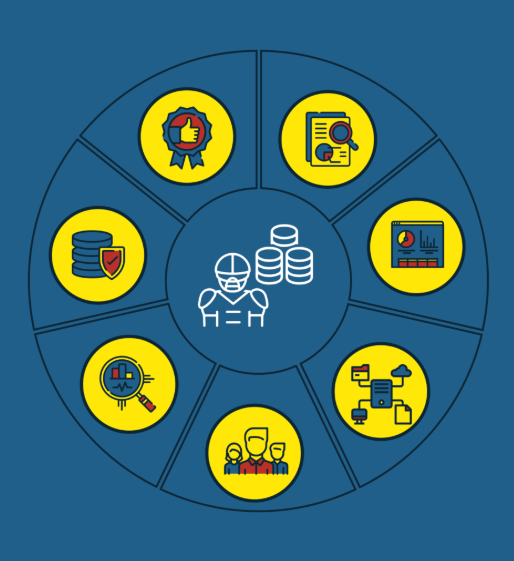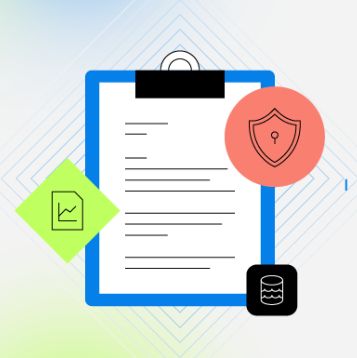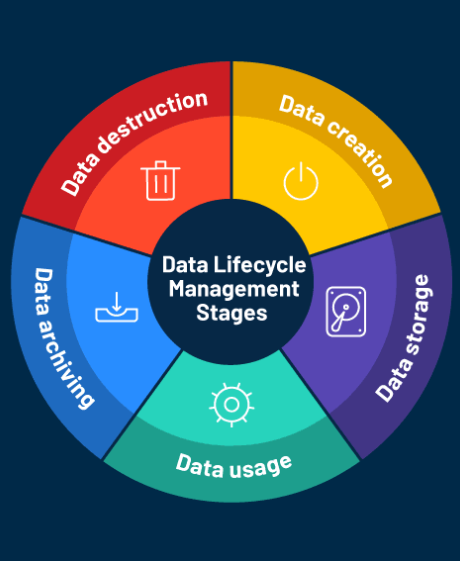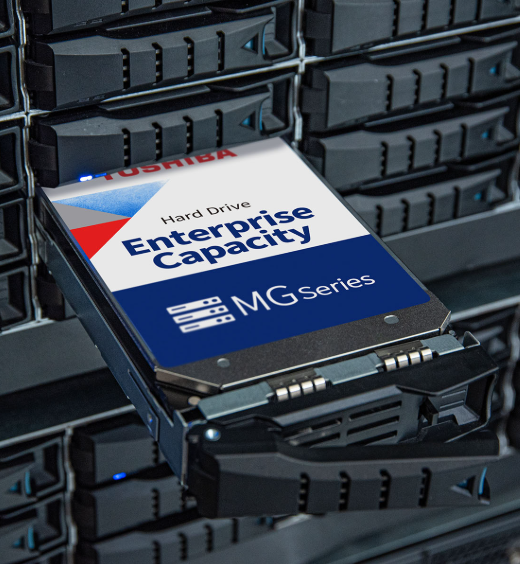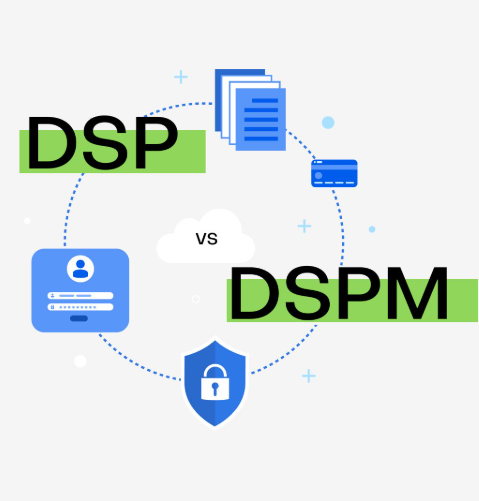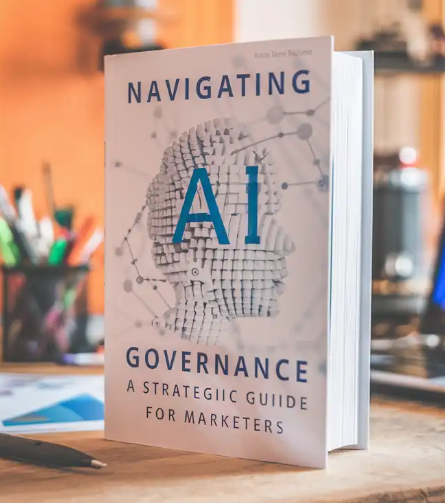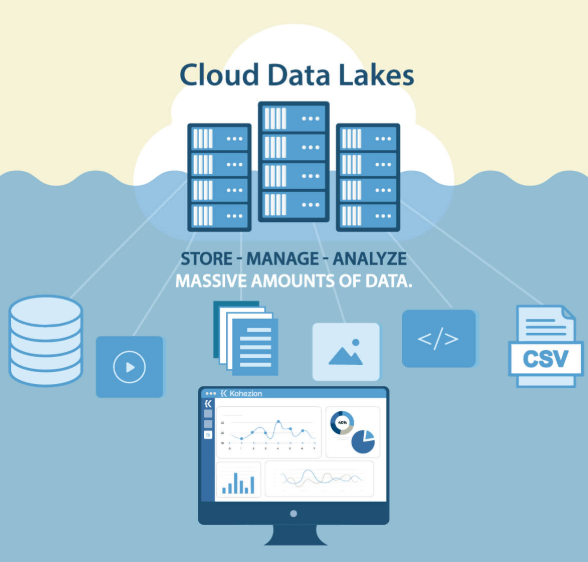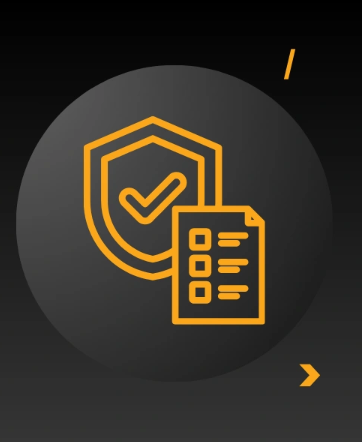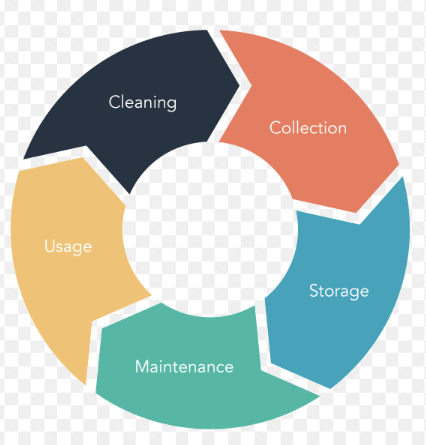
The growing volume of enterprise data brings both opportunities and challenges. If you’re wondering, “What should I do with my enterprise data?” you’re asking the right question. Whether your goal is to cut IT costs, enhance productivity, or leverage emerging technologies like AI, how you manage your data will determine your ability to succeed.
In this blog, we’ll explore a scalable, actionable approach to optimize your enterprise data—cleaning, organizing, and securing it in ways that minimize complexity while maximizing efficiency.
Clean Data is the Foundation for Success
Before diving into analytics or deploying AI, it’s essential to clean your data. Messy, outdated, or redundant data leads to poor decisions, inaccurate insights, and automation breakdowns.
Data cleaning is not merely an IT chore—it’s a strategic necessity. High-quality, well-organized data enhances the precision of forecasting models and accelerates the time it takes to realize new initiatives. Clean data is the foundation of all successful, data-driven projects.
To streamline this process, leverage tools that automatically identify and correct inconsistencies, ensuring continuous data health. This automation allows your teams to focus on deriving insights rather than cleaning data.
Remember:
- Data-driven analytics are only as reliable as the data itself.
- Generative AI models need clean inputs to produce valuable results.
- Time spent sorting through irrelevant data could otherwise be used for actionable insights.
Optimize Storage with Strategic Data Tiering
One of the simplest ways to cut costs and boost efficiency is through data tiering. Move less frequently accessed data to cost-effective storage solutions, such as cloud-based object storage or archival systems. This approach can lead to substantial savings, with some businesses reporting over $1 million in annual savings per petabyte of data archived.
By freeing up primary storage, your IT team can focus on other tasks while improving system performance. Benefits include:
- Improved system responsiveness.
- Faster application performance.
- Shortened backup cycles.
Eliminate Redundant, Obsolete, or Trivial (ROT) Data
ROT data—representing redundant, obsolete, or trivial information—clutters your systems and wastes resources. Research shows that 20-30% of enterprise data falls into this category. If left unchecked, ROT can slow down searches, increase storage costs, and expose your organization to compliance risks.
Regularly removing ROT data offers several advantages:
- Reduces operational risk.
- Boosts system performance.
- Ensures your data remains valuable.
Use automated discovery tools to identify ROT, apply policies for secure data deletion, and streamline governance. By eliminating this clutter, employees can find relevant information faster, leading to better productivity and fewer wasted hours spent sorting through unnecessary data.
Secure Access and Implement Strong Governance
Securing your data goes beyond preventing breaches—it’s about making sure that only authorized personnel access sensitive information. Overexposure of data increases risk, while overly restrictive policies can hinder workflow and productivity.
To manage this balance:
- Classify data according to its sensitivity and business value.
- Apply role-based access controls (RBAC).
- Regularly audit and adjust access based on user roles.
Well-managed access ensures that only the right people can view or manipulate sensitive data, reducing the potential for internal threats and compliance violations.
Turn Data into a Competitive Advantage
Once your data is clean, well-organized, and secure, you can begin leveraging it for strategic advantage. Whether you aim to implement machine learning, automate business processes, or launch new digital products, a trusted data foundation is essential.
For instance, generative AI can help streamline content creation, automate report writing, and summarize customer feedback. However, AI models can only perform at their best when trained on reliable and relevant data. The same goes for analytics and business intelligence tools.
Once your data is properly managed, you can unlock its full potential through:
- Advanced analytics to reveal insights and optimize operations.
- Generative AI to automate content creation, reporting, and customer interaction.
- Faster, more accurate decision-making with trusted data.
Proper data management enables every department—from marketing to finance to operations—to make informed, confident decisions, helping your organization become more agile, efficient, and competitive.
Make Data Your Growth Engine
Enterprise data doesn’t have to be a headache. With a solid strategy, it can become a powerful asset that drives growth, boosts productivity, and accelerates innovation. Focus on:
- Cleaning data before use.
- Tiering storage to cut infrastructure costs.
- Removing ROT to simplify operations.
- Securing and governing access to reduce risks.
By following these steps, you can prepare your organization for the demands of today’s digital landscape while positioning yourself to thrive in a future driven by automation, AI, and real-time decision-making.








